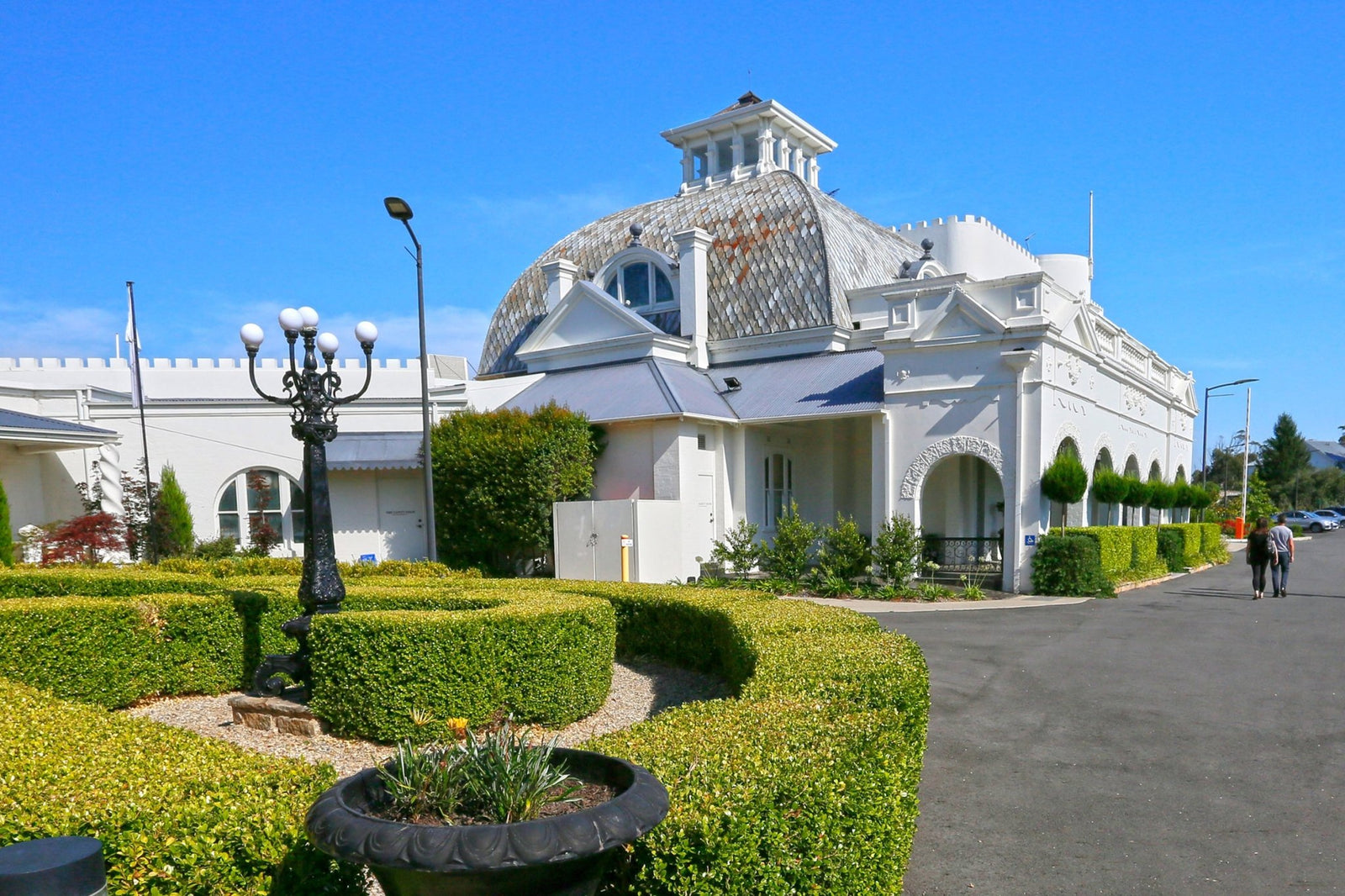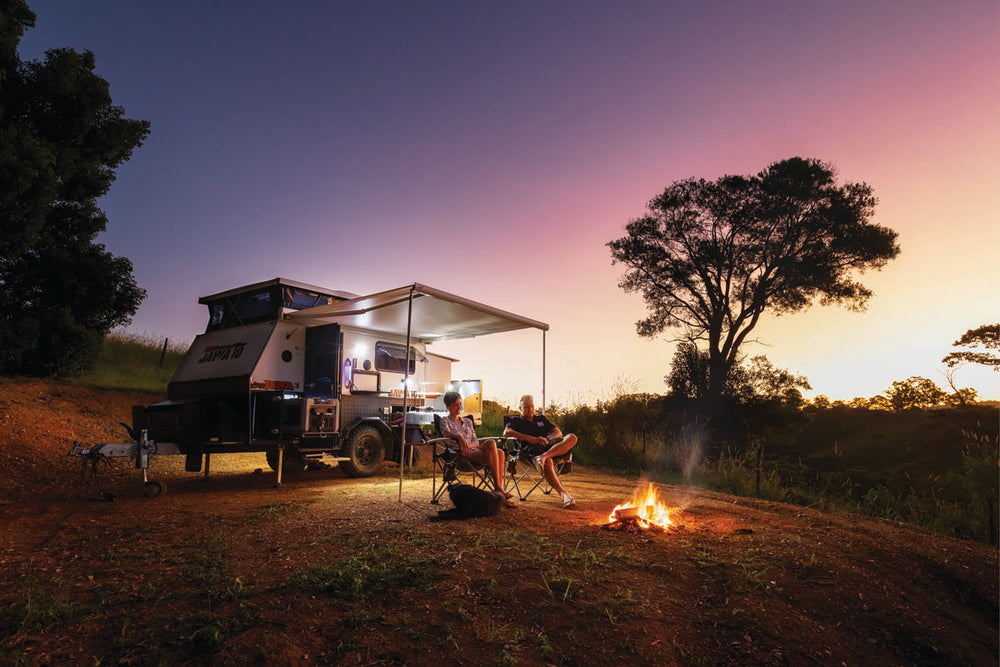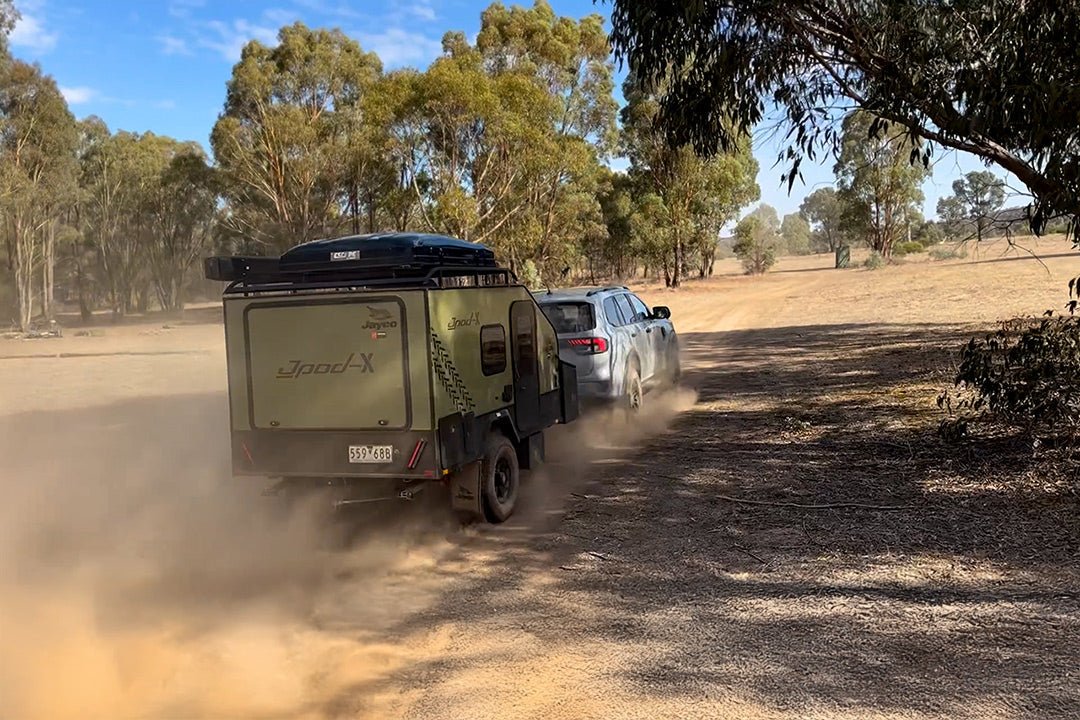The Jewels of the Mountain

Deep in the Blue Mountains west of Sydney stands one of Australia’s grandest and most iconic hotels — the Hydro Majestic, affectionately known simply as ‘The Hydro’. Capitalising on a spectacular location in the township of Medlow Bath, the Hydro complex stretches more than a kilometre along the escarpment overlooking the picturesque Megalong Valley.
In many ways, this grand edifice reflects the life and times of its creator, visionary retailing magnate Mark Foy (1865-1950), who pursued a lavish lifestyle with a penchant for the theatrical and a taste for timeless elegance.
MARK FOY
Foy was born in Bendigo, Vic, in 1865, the son of an enterprising French Irish immigrant who joined the gold rush to Australia in 1859. Arriving virtually penniless, Foy Snr relied on his trade as a draper to establish a business in a modest hut in the goldfields that grew to six drapery stores in Collingwood. After their father’s death in 1884, Mark and his brother Francis moved the retail enterprise to Oxford Street in Sydney where it was an immediate and spectacular success.
As a young man of 20, Mark was handsome, charming and fabulously wealthy. He was also committed to health and fitness, faithful to many regimes and practices of the day, including ‘the water cure’ which had gained popularity among the idle rich at health spas in Europe and America. In the mistaken belief that the region contained mineral springs, Foy looked to the Blue Mountains as the location for his own hydropathic establishment, what was to become Australia's premiere health resort.
BUILDING THE HYDRO
In 1901, he sold his shares in the family business to finance the purchase of three adjacent properties along the Great Western Road in the town of Medlow, north-west of Katoomba. The first was a handsome estate owned by William Henry Hargraves, a government official and son of the man credited with discovering gold in New South Wales in 1851. The single-storey house was developed into the Hargravia section of the Hydro. The second was the Queen Anne-style Belgravia Hotel, which had operated since 1891 as a popular retreat and waypoint for travellers. Foy’s third acquisition was a small cottage, home of local solicitor Alfred Tucker.
Keeping the Belgravia Hotel as the main reception point, Foy joined the buildings with long richly carpeted galleries into a linear complex, stretching more than 366 metres, that unfolded in ever more intriguing and luxurious spaces, exquisite décors, opulent furnishings and expensive artworks.
The Hargravia wing was cocooned by further additions, accommodation and verandas, and included a magnificent dining room lit by chandeliers that sparkled with the new wonder of electricity. The Billiard Room linked Hargravia to the Casino, an ornate late-Victorian wedding-cake structure with a domed roof. The dome was built to Foy’s specifications in Chicago, dismantled for shipping to Australia and transported by bullock train to the Blue Mountains where it was re-assembled on site.
The Casino was never officially used for gambling, rather as a grand ballroom and the setting for gala events. One such was Dame Nellie Melba's first performance in her long farewell tour in 1928. English operatic diva Dame Clara Butt also sang here on a number of occasions. The Casino closed its stage doors for the last time in 1969 with a small production of The Mikado.
The resort’s infrastructure was quite advanced for its time. A boiler from the 1879 Exhibition Building in Sydney heated the entire complex and powered a generator imported from Germany that produced electricity for the resort and neighbouring township. Other amenities included its own water supply and sewerage treatment works, steam laundry and telephone connected to the Sydney exchange.
Foy surrounded the building and entry borders with stunningly ornate balustrading and a west-facing Italianate Piazza and promenade for guests to bask in golden sunsets. Additional property was acquired, including several cottages for staff and 600 acres of farmland below the escarpment. The ‘Valley Farm’ provided the Hydro with fresh meat, eggs, milk, fruit and vegetables daily — by way of a 500m Flying Fox — with scraps returned at night to feed the pigs.
The amenities were completed by the engagement of Dr George Baur, a physician from Switzerland, to plan and supervise special diets and spa treatments. The doctor’s exemplary qualifications and reputation gave the complex the European authenticity Foy believed was crucial for its success.
MEDLOW BATH HYDROPATHIC ESTABLISHMENT
On 4 July 1904, the Medlow Bath Hydropathic Establishment was opened amid great fanfare and one of the worst snowstorms on record for the Blue Mountains. Undeterred by something as banal as a blizzard, and not wishing to bore his guests with the predictable comfort of a railway carriage, VIPs were chauffeured through the snow in a fleet of specifically imported De Dion motor cars — some of the first cars in the country. The group met at Penrith station to make the 9-hour journey, guided to the Hydro by a revolving spotlight installed in the top of the Casino dome. Once inside, the guests thawed out alongside generous fireplaces before being called to the dining room for a sumptuous feast.
Next morning, the champagne was locked away and a strict health regime began. Dr Baur issued his patients with a ‘Bath Book’, listing 83 treatments that included mustard cloths, liver packs, warm enemas, fomentations “as hot as can be borne”, rain and needle baths, spinal packs, oil rubbing, bowel kneading, steam box, electric rectal Faradisation and many other physical delights.
Outdoor activities were also plentiful. There were several daily motorcar tours to destinations such as Echo Point and Jenolan Caves, 80 acres of golf links, extensive bushwalking tracks, tennis, croquet and clay pigeon shooting, to mention just a few. The more genteel could enjoy the pleasures of the teahouse, themed entertainments and endless art and statuary to admire and sketch.
As part of the Hydro’s therapeutic program, Foy imported mineral water from natural spas in Germany. Although it tasted awful, it was recommended to guests in the belief it was good for their health. Unsurprisingly, the popularity of the health spa waned, so Foy attempted to rekindle public interest by promoting it as a luxury hotel, renaming it in 1906 as The Hydro Majestic. Although hydropathic treatments were no longer advertised, many were still available to guests on request.
THE HYDRO MAJESTIC
With champagne back on the menu, the Hydro Majestic entered an era of Gatsby-esque glamour and decadence, catering to a privileged clientele, many of whom were among Foy’s social circle. Lavish entertainment was de rigueur; gourmet dining for which one was obliged to dress formally; a permanent band played every night; and Friday night costume parties were common, where men wore their wives clothes and vice versa.
The notorious Cat Alley earned its name during this period. Previously known as The Cloister located directly outside the male dominated billiard room, this long elegant corridor was a purlieu for waiting wives and mistresses who spent their time conversing in whispered tones about fashion, marital indiscretions and society gossip.
In its first twenty years, some of the Hydro’s illustrious guests included Dame Nellie Melba, Sir Arthur Conan Doyle and Governor General Sir Isaac Isaacs. In 1915, the Hydro provided a romantic backdrop for the courtship of the Rajah of Pudukkottai and glamorous Melbourne socialite, Molly Fink. In 1920, former Prime Minister, Sir Edmund Barton, suffered a heart attack while holidaying there and died.
On 18 August 1922, while Foy was away travelling and the hotel was closed for the winter, a fire completely destroyed the Belgravia Hotel, including the gallery of irreplaceable art, statuary and 77 bedrooms. (Foy’s granddaughter, Mary Shaw, has stated on record that sometime after the fire a man approached Foy willing to admit in a court of law that he had been paid to commit arson, but Foy did not pursue the matter.) Heartbroken, Foy initially thought to cut his losses by auctioning his beloved Hydro, but when the property was passed in without a bid, he chose instead to upgrade and refurbish the hotel for a fresh start — a project that took several years. In the process, the Hydro was restyled as a less urbane, more family oriented and affordable resort.
The Hydro entered yet another phase when, in July 1942, it was requisitioned for the US Army as the 118th General Hospital, providing up to 500 beds for the convalescence of American servicemen. After the US Army vacated the premises in 1943, the Hydro sat empty for six months during which time it was extensively vandalised. Fortunately, the Australian Government provided compensation for the Hydro’s contribution to the war effort, which in turn funded an ambitious new three-storey wing to the Belgravia, including the plush and spacious Belgravia Entrance Lounge.
A NEW LEASE ON LIFE
During the following decades, the Hydro Majestic was still lauded as the Blue Mountains’ premiere holiday resort, but by the end of the 1970s escalating costs to maintain the aging structure were becoming a heavy burden on the Foy family’s coffers. The Hydro struggled to compete with younger, modern hotels and, while every effort was made to bring the Hydro forward, the weight of her past kept holding her back. In 1984, the hotel was sold to Sydney barrister, John North, who made some essential upgrades and replaced the Lounge Bar with a vast conference space called ‘The Megalong Room’. North sold the hotel to the Mah family in 1996, beginning yet another period of restoration, including the installation of several bridal suites in the Delmonte Wing.
In 2008, the Hydro Majestic was purchased by the Escarpment Group for $11 million and added to its unique collection of luxury resorts along the edge of the Greater Blue Mountains World Heritage Area. An exhaustive program was undertaken to restore the Hydro from the ground up — “peeling back the layers and adding back the luxe” — a transformation that was completed in 2014 at a cost of some $35 million. Today, the Hydro Majestic stands in gleaming splendour beside the highway, earning the sobriquet ‘The Jewel of the Mountains’. Not just a beautiful hotel on a grand scale, the Hydro is a vibrant part of Australian history and a fitting tribute to Mark Foy’s daring creativity and limitless imagination. Among his many achievements, he was a true pioneer of the Australian hospitality industry.
A tour of this remarkable establishment will only cost you 10 bucks; to enjoy accommodation in any of its opulent rooms will set you back considerably more. Fortunately, for those travellers whose budget doesn’t stretch so far as a Hydro Majestic tariff, there are two very nice tourist parks nearby. The Blackheath Glen is only 7km north along the Great Western Highway (A32) and Katoomba Falls is less than 10km south. Both offer well-appointed, self-contained cabins, large caravan and motorhome sites (ensuite, powered and unpowered), and grassy unpowered camping sites, “as close to bush camping as you will get in a Tourist Park”. Also, both tourist parks have earned Trip Advisor Certificates of Excellence for several years running up to 2019.
FAST FACTS
LOCATION
52–88 Great Western Hwy, Medlow Bath, 110km west of the Sydney CBD via the
M4 and A32.
HOTEL TOURS
- Monday–Friday, 11am and 3pm.
- Saturday–Sunday, 10am, 11am,
- 3pm and 4pm.
- $10 per person.
- Bookings are essential.
LOCAL ATTRACTIONS
- Govett’s Leap Lookout.
- The Campbell Rhododendron Gardens, Blackheath.
- The Three Sisters, Echo Point.
- Waradah Aboriginal Centre, Katoomba.
- Scenic World, Katoomba.
- Jenolan Caves.
- Blue Mountains Botanic Garden, Mount Tomah.
- The Blue Mountains Cultural Centre, Katoomba.
- NPWS Heritage Centre, Blackheath.
CONTACTS
The Hydro Majestic
P: (02) 4782 6885
W: hydromajestic.com.au
Blackheath Glen Tourist Park
67–69 Prince Edward St, Blackheath
P: (02) 4787 8101
E: blkheath@tpg.com.au
W: bmtp.com.au/Blackheath-glen.html
Katoomba Falls Tourist Park
101 Katoomba Falls Rd, Katoomba
P: (02) 4782 1835
E: katfalls@tpg.com.au
W: bmtp.com.au/katoomba-falls.html
BLUE MOUNTAINS HERITAGE CENTRE
Govett’s Leap Rd, Blackheath
P: (02) 4787 8877
W: nationalparks.nsw.gov.au/things-to-do/Visitor-centres/Blue-Mountains-Heritage-Centre







